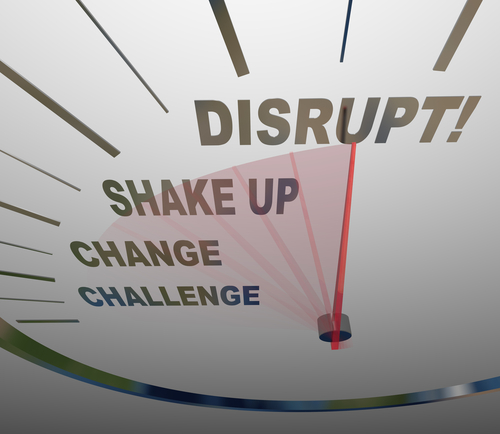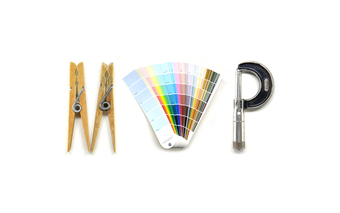There can be no doubt that there is a perspective that adoption of the agile software development methodology is the popular choice of most organisations these days. However, if your organisation is vested in a waterfall approach to development and there is no compelling reason to switch to agile – why would you do it?
There are two elements around “story” in the Agile development methodology. Making a switch from the more traditional product development methodologies to leaner and “agile” ones requires a good justification – a good story for the purposes of rationalising the transition or staying with the status quo.
A good story around the switch should aim to win the hearts and minds of not only the proponents of the Agile Product Development methodology but also the product team itself. The developers too. In fact, anyone who may be vaguely interested in the methodology that is being applied to software or product development – like perhaps the investors?
Within the Agile Methodology – there is also the concept of a “user story” but I will talk more on that another time.
My opinion is that most people who are involved in the creation of physical and digital products genuinely want to be agile and don’t really much care about the methodology as much as they care about being efficient and effective in the creation of demonstrable results – being leaner in the approach to product development implies getting something built faster and with less effort. This is effectively an integral part of the agile manifesto.
Having worked in a number of industries and roles, but predominantly in the digital world, on all sides of the equation, as a product manager, a product owner, a product designer, a product developer and a product consumer I feel somewhat qualified to comment but of course, one’s knowledge is never absolute and every day one learns or discovers something new – especially if one is receptive to feedback, dialog, and debate.
Is it what you say it is?
One thing I am pretty confident of, though, is that just because you call what you do, something. That doesn’t mean this is what it really is. I might, for example, say that I am an ‘excellent’ parent and a disciplinarian. But what does that really mean? In the end, only one of these three attributes that I ascribe to myself is almost certainly true. I am a parent.
So returning to the concept of “agile product development” – while I might subscribe to this particular methodology – what I really subscribe to is the notion that product development should be undertaken with agility as the focus. There is a difference.
Agility, in my book, means principally being able to easily and quickly respond to a needed or proposed changes in the characteristics of the product to meet the demands of the market or audience for which it is intended.
If an agile product development methodology underscores and supports this desire for agility, then good, I am all for it. If it simply makes me shoulder process overhead – it failed.



